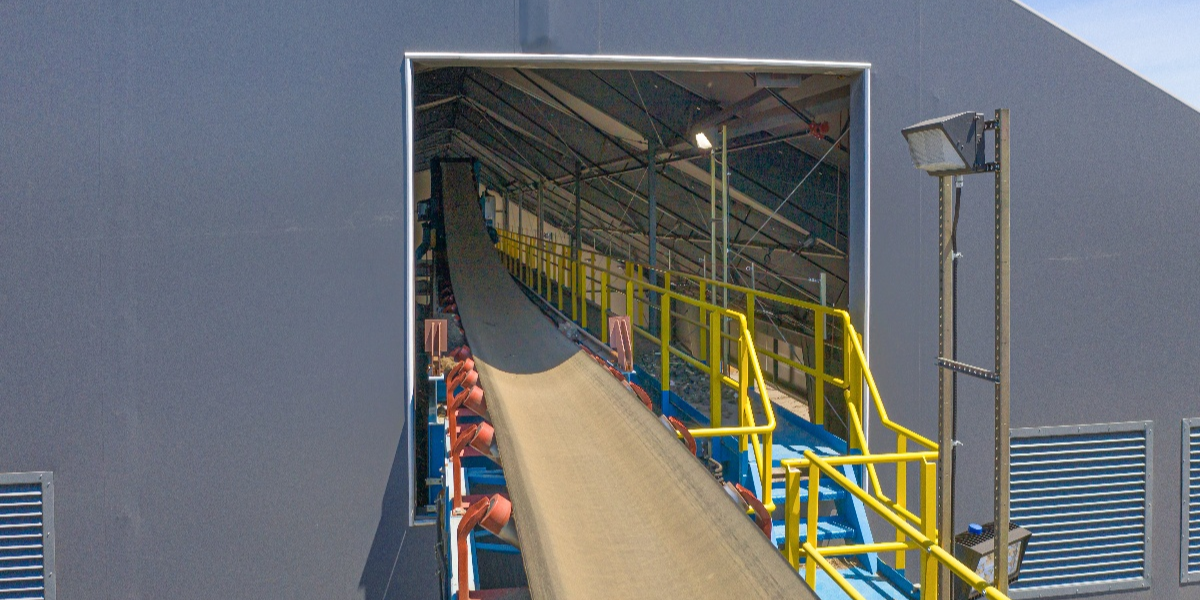Sustainable Fabric Building Construction: Reduce, Reuse, Recycle

Reduce, reuse, recycle – this is the mantra of sustainability. By reducing the amount of construction waste, re-using recycled glass in insulation and using recyclable cladding, fabric buildings are sustainable.
Sustainability in Fabric Building Construction
According to a white paper from the U.S. Green Building Council*, debris from construction sites is the single largest source of material in the waste stream. The construction of a fabric building produces minimal waste. Architectural fabric is shipped in modules, producing dramatically less waste on site. For example, there are no nails or bolts used in fabric building construction, cutting down on the number of small items that may be discarded. At the end of construction, debris is neatly packed in a crate for easy disposal.
Fabric is also by nature a lightweight building material. When fabric cladding is trucked to the site location, it requires less fuel than shipping a similar amount of steel sheeting. When shipping enough cladding for an entire building, the weight difference between fabric and steel results in a significant fuel savings.
Recycled and Recyclable Fabric Building Materials
Fabric building materials are also sustainable. All Legacy buildings are constructed on a steel frame, which is typically made of recycled steel. However, the building fabric and other components are sustainable as well.
Fabric cladding can be recycled when facilities are available. The fabric cladding is made of three layers of the same type of material, so there’s nothing to separate before recycling. There are no nails to remove from the fabric, and the fabric is easily rolled up for transport to the recycling facility. In some cases, the building owner will be compensated for the recyclable fabric.
Insulation with up to 65% recycled glass is also available. Insulated buildings require less energy to maintain a consistent inside temperature, saving on energy consumption and heating costs. Adding insulation makes the building even more weather-tight and comfortable inside. While using insulation with recycled content is at the discretion of the building owner, the option is available for sustainable buildings.
There are many factors that determine the best building type and contractor for your project. Sustainable fabric buildings combine minimal waste, recycled materials and recyclability to provide the best green building solution.
*Freymann, Vance, John Tessicini, and Martine Dion. "Planning for Construction Waste Reduction." USGCB White Paper. 26 Sept. 2014. http://www.modular.org/marketing/documents/USGBC_WhitePaper_PlanningConstructionWasteReduction.pdf
Subscribe to our Blog
Recent Posts
- 5 Factors Every Project Owner Should Consider Before Approving Building Materials
- The 20-Year View: How Material Choices Impact Long-Term Operational Costs
- Climate Resilience in Commercial Construction: Why Traditional Methods May Not Be Enough
- Speed and Quality: The Role of Hybrid Building Materials
- Beyond the Bleachers: Designing Visually Striking Sports Facilities
